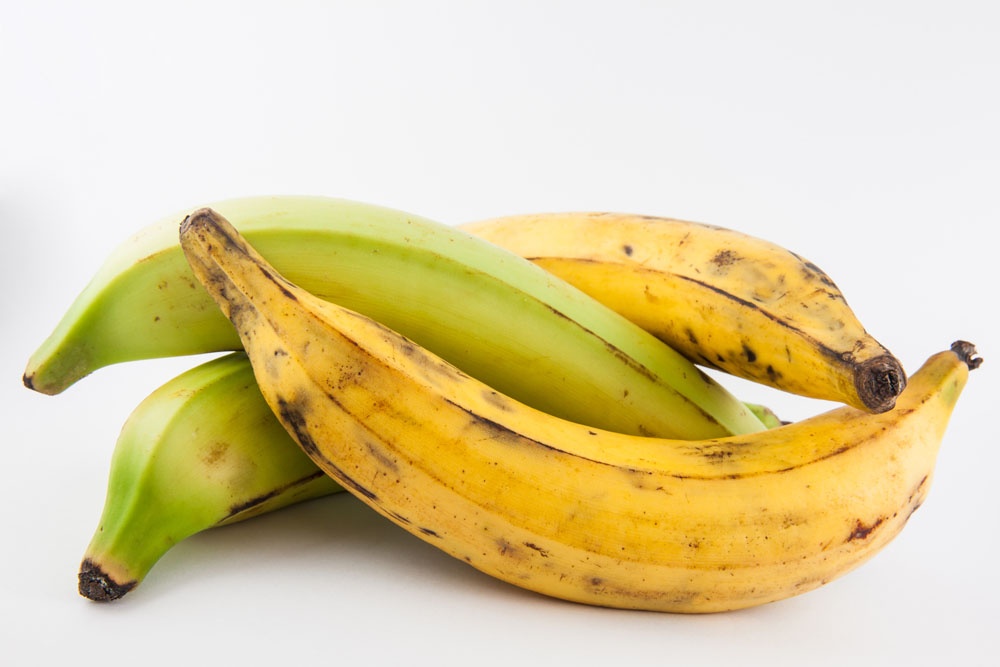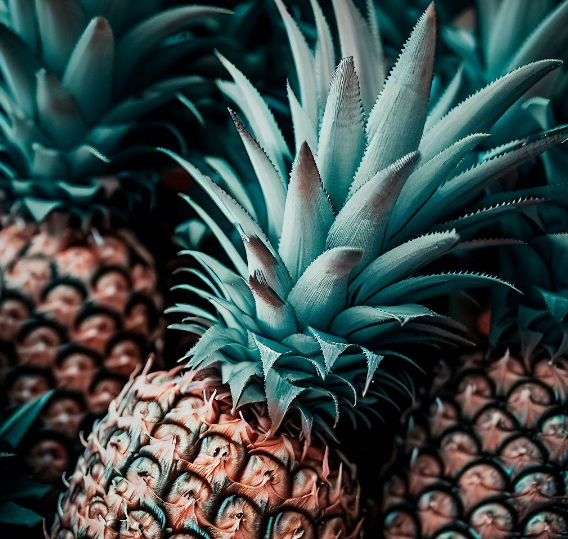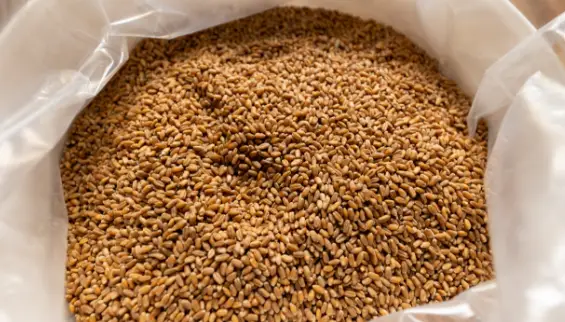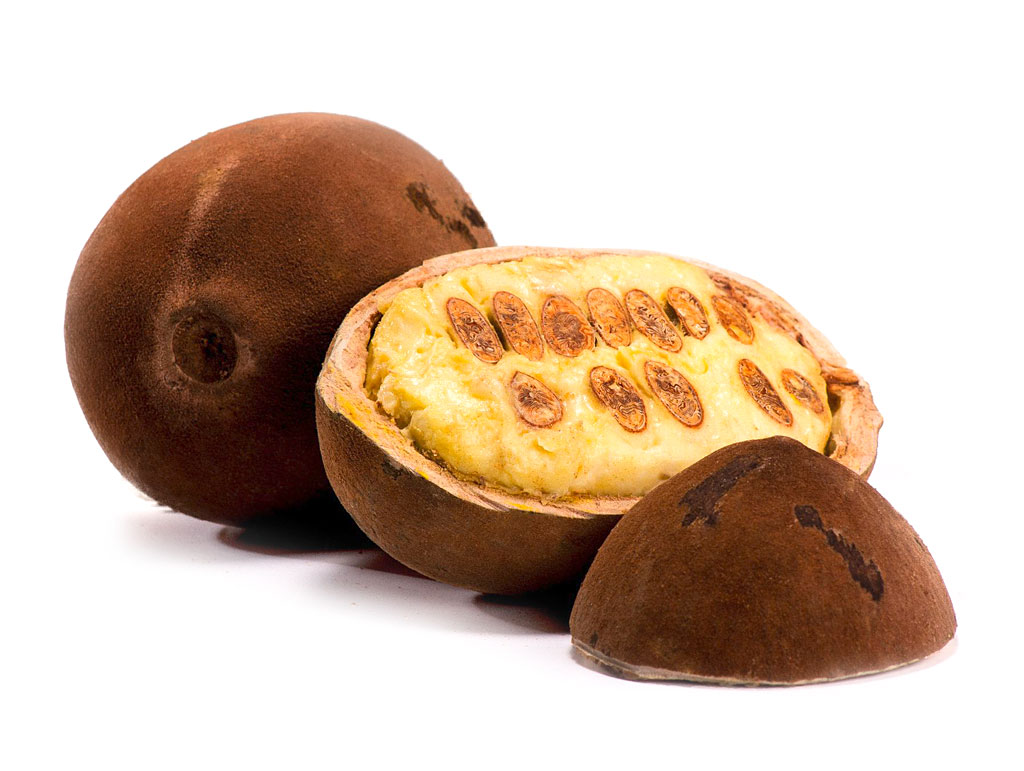There’s a huge number of different fruits and vegetables in the world. Everyone knows some like apples, oranges, carrots, and lettuce. But besides these, there are many other types, including rare ones from all over the place, coming in different tastes, colors, shapes, and health benefits. Read on if you want to know more about all the tasty and interesting kinds of fruits and veggies our Earth has to offer!
Fruits and vegetables are one of the most amazing things nature has given us. They come in all sorts of exciting varieties. Let’s learn about the many kinds of produce there are.
Table of Contents
- How Many Kinds of Fruits and Vegetables Are There?
- Different Types of Fruits You Should Know About
- Tropical Fruits
- Berries
- Melons
- Citrus Fruits
- Stone Fruits
- Pomes
- Figs
- Olives
- Rare and Unusual Tropical Fruits
- Important Groups of Vegetables and Some Examples
- Leafy Greens
- Cruciferous Vegetables
- Allium Vegetables
- Root Vegetables
- Vine Vegetables
- Nightshade Vegetables
- Legumes and Beans
- Corn
- Unique and Exotic Vegetables
- What Makes for Such a Wide Range of Fruits and Vegetables?
- Efforts to Save the Variety of Fruits and Vegetables
- What’s Next for Fruits and Vegetables?
- Enjoying the Huge Range of Different Plants
How Many Kinds of Fruits and Vegetables Are There?
It’s hard to say exactly how many fruits and vegetables there are for a few reasons:
- It’s not always easy to tell the difference between fruits and vegetables. Some things like tomatoes and pumpkins are fruits but most people think they’re vegetables.
- People are always creating new kinds by mixing different ones together.
- There are some wild plants we can eat that nobody has given a name to yet.
But, if we look at big lists of plants like the one from Kew Royal Botanic Gardens, we can get an idea. They say there are over 390,000 types of vascular plants (plants with tubes inside that carry water and nutrients). Around 2,500 types are fruits, and there are more than 1,000 edible vegetables. So, there are definitely thousands of fruits and veggies out there!
Even though it’s hard to count all of them, the main thing is, there are a whole lot of different yummy and healthy fruits and veggies for us to enjoy. Now let’s check out some of these amazing varieties.
Different Types of Fruits You Should Know About
There are so many types of fruits around the world, and we can group them into some big families:
Tropical Fruits
In places where it’s hot and sunny all year, you find lots of cool fruits. Here are a few:
- Jackfruit – the biggest fruit that grows on trees and comes from South and Southeast Asia.
- Durian – smells pretty strong but tastes good, and is popular in Southeast Asia.
- Mangosteen – known as the “queen of fruits,” it’s both sweet and tangy and comes from Southeast Asia.
- Cherimoya – has a creamy inside and grows in South America and Asia.
- <—-/lp:p:ist:}?tem -->
- Sapodilla – looks like a brown kiwi and has a sweet, pear-like texture; it’s from Central America.
Berries
Berries can look and taste very different from each other. Some important ones are:
- Strawberries
- Raspberries, blackberries, and blueberries
- Goji berries – these small red ones are used a lot in Chinese cooking and medicine.
- Elderberries – good for making sweet syrups and jams and also for wine.
- Cranberries – these tart berries are used in drinks and sauces.
Melons
Melons are a family that includes:
- Watermelons – big fruits that are full of water and really sweet.
- Cantaloupes and honeydews – round and come in orange or green inside.
- Bitter melons – they taste pretty strong and are used in cooking from South Asia.
Citrus Fruits
Many people know citrus fruits. Some examples include:
- Oranges, lemons, limes, and grapefruits
- Kumquats – tiny citrus fruits you can eat whole.
- Pomelos – one of the biggest citrus fruits, very popular in Asia.
Stone Fruits
Stone fruits have a hard seed or “stone” in the middle. Here are the main types:
Peaches, plums, nectarines, and apricots
Pomes
Pomes are fruits that have seeds in a hard area in the center. They include:
- Apples – there are more than 7,500 types you can find.
- Pears – a lot like apples but with different shapes and tastes.
- Quinces – are small and used in sweet spreads like jam and jelly.
Figs
Figs are soft, sweet, and have very thin skin. You might see these kinds:
- Common figs – you can eat them fresh or dried.
- Smyrna figs – need a specific type of wasp to help them grow.
Olives
Olives are special fruits that we need to prepare in special ways before eating. Some types we have are:
- Greek olives like Kalamata – these are the famous black olives you might see.
- Picholine – a common type of green olives from France.
Rare and Unusual Tropical Fruits
There are so many other interesting tropical fruits out there that many people might not know. Here are a couple:
- Dragonfruit – bright pink on the outside with tasty white or pink flesh inside and speckled with tiny black seeds.
We’ve looked at lots of different kinds of fruit from around the world. Let’s explore many kinds of vegetables next.
Important Groups of Vegetables and Some Examples
Just like fruits, there are many different types of vegetables that fit into different groups. These groups are based on where they come from and how we use them:
Leafy Greens
Leafy greens are some of the healthiest veggies, and they include:
- Things like spinach, kale, lettuce, arugula, and chard.
- Bok choy – This is a type of crispy cabbage from China.
- Collard greens – These are very common in cooking from the southern United States.
- Purslane – It’s a plant with fleshy leaves that are both tasty and healthy.
Cruciferous Vegetables
Cruciferous veggies have a lot of good stuff in them like glucosinolates. Examples include:
- Broccoli, cauliflower, Brussels sprouts, and kohlrabi.
- Bok choy, napa cabbage, and other types of Asian greens.
- Daikon – It’s a big rad-ind that’s very popular in recipes from Asia.
- Arugula, wasabi, and watercress – These greens have a bit of a spicy kick to them.
Allium Vegetables
Allium veggies like onions, scallions, leeks, and garlic are great for adding flavor to food. A few special ones are:
- Ramps – These are wild onions known for their strong taste that’s like a mix of garlic and onion.
- Chives – They look like thin, green blades of grass and are used like an herb.
- Garlic scapes – These are the twisty green stems that are cut off to help the garlic bulbs grow bigger.
Root Vegetables
Root veggies grow under the ground. Some well-known ones are:
- Potatoes – They’re the most-loved vegetable in America and come in a lot of different types.
- Carrots – These are often eaten raw, grated up, or cooked.
- Beets – They have an earthy taste and can be boiled, pickled, or roasted.
- Jicama – These are crunchy and juicy, and people enjoy them a lot in Mexican food.
- Turmeric – When it’s dried and ground up, it becomes a bright yellow spice.
Vine Vegetables
Vegetables that grow on vines are called vine veggies. Some examples are:
- Cucumbers – These can be eaten as they are, turned into pickles, or even cooked.
- Various kinds of squash, such as zucchini, pumpkins, butternut, and acorn squash.
- Gourds – These fruits have a hard shell and can be used to make things like sponges from luffa.
Nightshade Vegetables
Nightshades come from a family of plants known as Solanaceae and include:
- Tomatoes – Super popular veggies that many people love.
- Potatoes, eggplant, and peppers – These are important veggies in many types of dishes around the world.
- Tomatillos – These are used a lot in Mexican dishes and sauces.
- Ashwagandha – It’s a nightshade that’s used in Ayurvedic medicine.
Legumes and Beans
Even though they’re actually fruits, we often think of legumes and beans as veggies because they’re good for us. Some include:
- Lentils – These small, lens-shaped legumes are usually split and dried.
- Peanuts – They have lots of nutrients and are a popular snack.
- Chickpeas and black beans – You can’t make hummus without chickpeas, and black beans are essential for tacos and chili.
- Soybeans – They can be made into tofu, tempeh, edamame, and many other things.
Corn
Corn is grown more than any other crop worldwide. There are different kinds like:
- Sweet corn – People enjoy it fresh off the cob, grilled, or boiled.
- Field corn – It’s not usually eaten straight but is processed into things like flour, cereal, and oil.
Unique and Exotic Vegetables
There are also lots of unusual vegetables out there that might be new to you:
- Fiddlehead ferns – They have a distinctive spiral shape and are a treat in the springtime.
- Nopales – These are the pads of a prickly pear cactus, often used in Mexican cuisine.
- Lotus root – This crunchy root comes from an aquatic plant found in Asia.
- Lotus seeds – They are eaten like nuts, or ground into powders and pastes.
- Jerusalem artichoke – Despite the name, it’s not related to the artichoke you might know. It’s got edible roots.
What Makes for Such a Wide Range of Fruits and Vegetables?
There are lots of reasons why we have so many different types of fruits and veggies:
- They come from all over the world, from tropical places to cold arctic areas.
- They’ve gotten used to all sorts of weather, like super hot or really dry.
- They’ve changed over thousands of years to better survive in their environment.
- The way people all over the world have used them for food has also mattered a lot.
- Changes like mutations and the mixing of different breeds
- People living in far-off areas growing their own special types of plants
- The sharing of different plants around the world through trade and travel
- Creating new types of plants on purpose by combining them
- Changing the genes of plants to make them better, like having more fruit or lasting longer before going bad
There are so many different kinds of plants that we can eat, and this is great because it means we have many choices to stay healthy. When some plants don’t grow well, others can take their place. This makes our food supply strong. It’s really important to keep this variety of plants for the future.
Efforts to Save the Variety of Fruits and Vegetables
Nowadays, with so much farming that’s all the same, there are more actions to keep old and wild types of food plants safe. These actions include:
- Seed vaults that store unusual seeds
- Gardens in communities that grow old and local plant types
- Groups like Slow Food that help keep different types of food plants around
- Stores that sell all sorts of strange fruits and veggies from around the world
- Cooks who use rare local ingredients in their recipes
- People who grow old types of fruits and veggies in their own gardens
When we save different kinds of plants, we help make sure that we have lots of different tastes, good nutrition, and plants that can fight off diseases. Making sure we have this variety is key for food that’s good for us and our planet.
What’s Next for Fruits and Vegetables?
Things like better transport, new ways to breed plants, and science are changing the variety of fruits and veggies. Some changes we might see are:
- Brand new types of plants made by mixing them together or using science
- Unusual and traditional foods being sold all over the world
- Companies owning the rights to new mixed plants and ones made by science
- Healthy “superfoods” becoming more popular
- Old kinds of plants, like ancient grains and purple carrots, being grown again
- More focus on plants that are full of good stuff for our bodies, not just plants that give a lot of food
- Changes in weather affecting where plants can be grown
- Organic and old types of plants costing more money
In the future, we might see even more new kinds of plants, and at the same time, people might start to grow old types of plants more. It will be really important to keep the variety of plants while also using new technology.
Enjoying the Huge Range of Different Plants
We have lots of vegetables and edible plants all around the world. Right now, we mainly use around 30 to 50 common kinds, even though there are thousands more that we could eat.
When we try new and less common plants, we can enjoy different flavors, learn about local traditions, and help keep lots of plant types alive. Finding new fruits and veggies helps us connect with the wonders of the world and the many kinds of food that people eat.
The big number of fruits, vegetables, and plants that we can eat is a gift from nature that we should always cherish.









